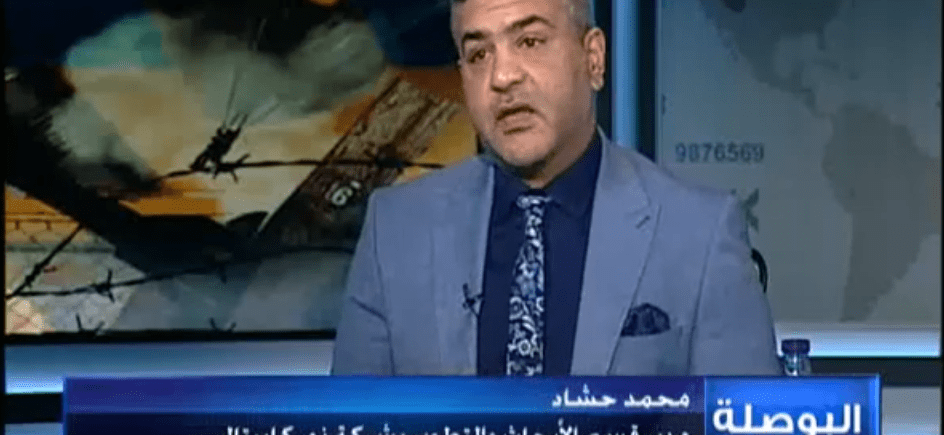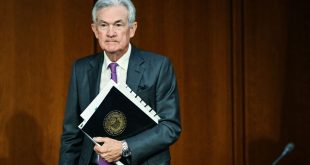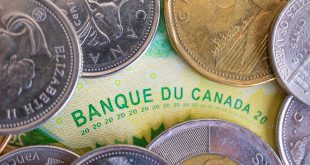Interviewed by CNBC Arabia, Mohammed Hashad, Director of Research and Development Department at Noor Capital and member of the US Association of Technical Analysts, shed light on the latest developments of the financial markets’ arena:
(I) Oil
Markets appear to have relative stabilized, this was reflected on the oil market, as crude oil gave up its recent gains to $130 per barrel, at a 14-year high.
According to Hashad, markets largely digested the US decision to ban oil imports, realizing that it is not of great importance, particularly since the United States imports only half a million barrels of oil and petroleum materials from Russia, which constitutes approximately 7% of the total US imports in this sector, representing no great value of Russian production, namely only 3%.
The said recognition was reflected on the performance of crude oil, which fell to $106 per barrel as risk appetite surged while investors and traders awaited further positive news about the possibility of a peaceful solution between the two parties.
(II) FOMC’s Meeting
Markets expect the US Fed to raise interest rates by a quarter of a percentage point now amid high inflation levels, with Treasury Secretary Janet Yellen saying inflation is now at stubborn levels in the markets because of the war.
Hashad has noted that investors do now focus on the decisions of central banks or the movements of major central banks specifically the US Federal Reserve, and inflation levels continue to rise unchecked as inflation reached 7 and 9 out of 10 in the United States at its highest level in nearly 40 years.
Fed Chair Jerome Powell also said in his recent testimony that the geopolitical landscape now would not postpone interest rate hikes and markets are now preparing to receive 25 basis points. Hashad explained that Powell cannot raise interest rates by about half a percentage point and surprise markets, the hike must be gradual so that markets do not get shocked.
(III) Gold
Once a truce, reconciliation or even a forthcoming meeting is imminent, prices would fall. In response, Hashad said gold has moved away from $2,470 per ounce and is now trading near the 1975 level, with investors focusing on the inflation dilemma that markets generally are eying.
Hashad also pointed out that gold retreated as a result of the US dollar’s surge and the rise in the yields of the US 10-year Treasury bonds, i.e. by about 2%, which in turn puts pressure on the precious metal in favor of the US dollar and we may wait in the event of any positive signs or hints regarding the Russian-Ukrainian developments, foe further declines in gold in light of the rise of the US dollar after raising interest rates.
(IV) Euro
To what extent the euro could remain under pressure and would there be further declines, Hashad explained that the dollar has recently been competing with gold for the title of safe haven asset as one of the most important safe haven instruments in the market at the time of sharp volatility.
The euro was hit the hardest against the US dollar. Hashad believes Christine Lagarde may lag behind in raising interest rates compared to counterpart central banks despite the dramatic inflation levels in the European bloc at its highest level in more than 30 years. This could also put further pressure on the ECB and may have to stop buying assets earlier than markets expect.
According to Hashad, this could increase the burden because these countries are suffering from significant debt burdens and may put pressure on the euro against the dollar for further downward movement.

 Noor Trends News, Technical Analysis, Educational Tools and Recommendations
Noor Trends News, Technical Analysis, Educational Tools and Recommendations




